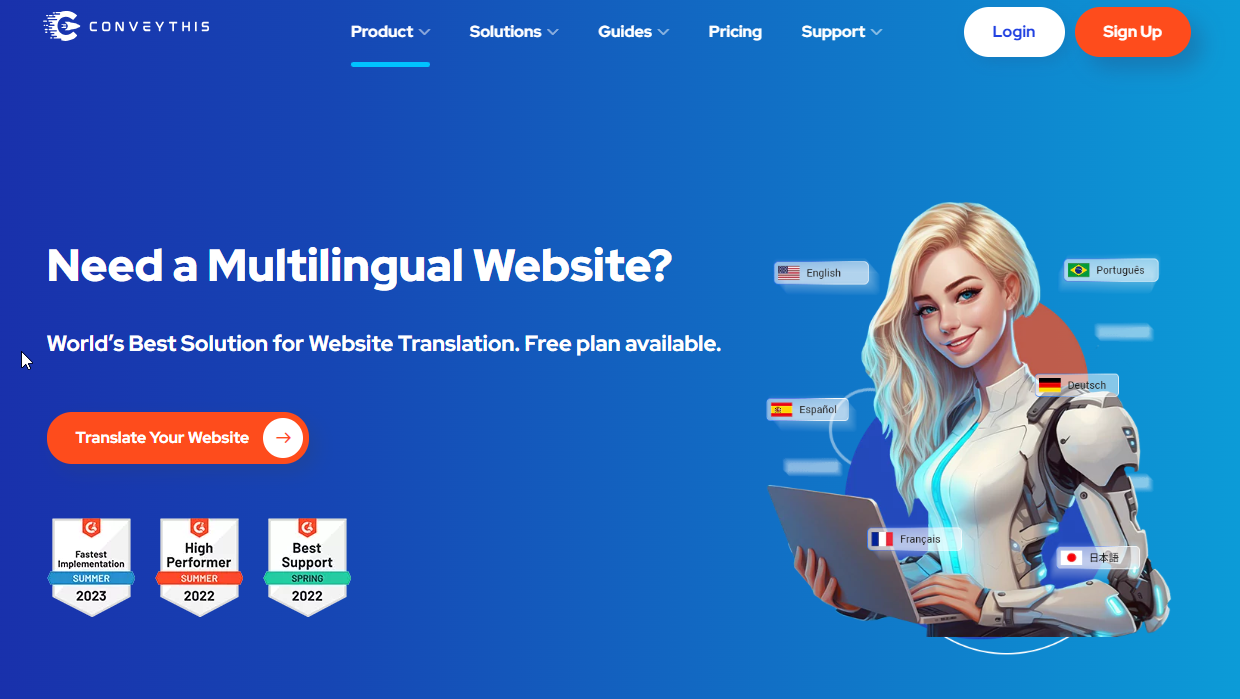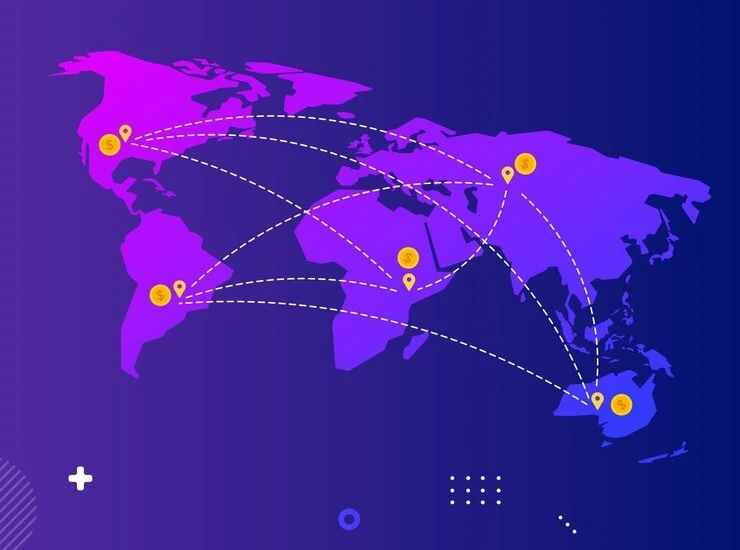How Localization is Key to Creating and Building a Global Audience: 6 Important Reasons
How Localization is Key to Creating and Building a Global Audience: A Comprehensive Guide
The Chinese translation for “Pepsi brings your ancestors back to life” was a product of mistranslation sometime ago. The brand’s slogan was to actually say “Come Alive with the Pepsi Generation.”
Another similar example is that of Coca-Cola. At the point of launching, it was discovered that their supposed interesting motto has been mistranslated to “female horse stuffed with wax” or “bite the wax tadpole” as the case may be with any of the dialects in Chinese. After careful examination, there was need for rebranding the name and slogan to suit the purpose and reputation of the brand. Therefore, they opted for “kekoukele” that is “happiness in the mouth” or “tasty fun”.
The examples above show that there used to be mistranslation not only in brand names or motto but generally when translating from one language to another. That is why content localization is vital. Content localization means trying to adapt or tailor your content to a specific location so as to relate and identify with the audience in the location. This goes beyond just rendering words from a source language in into the targeted language. It involves ensuring that your contents are tabled in such a way that it considers local cultural sensitivities. This makes sense because there are differences in the needs and interests in one culture from another culture.
It will not be wise to use the same approach for each and every locations you are targeting around the world because this will not present your brand to all the way it should. For example, the current trends in one geographical location may be far away from what is trending in another geographical location. In fact, that is where discrepancy in languages takes effect.
There are varieties of languages today. Many of the consumers who are users of these languages prefer to relate with brands in the language of their heart. As if that is not enough, a research suggests that roughly 40% of consumers will probably not but products because it’s not in their native language while the other 60% will still buy the products, however, they prefer having the products translated in their language.
In the localization process, translation from one language to another is the number one step. This is because localization is more than translation and it involves creating unique contents and experience that local consumers in your target market can quickly relate to. When you do this, you will not only create but you will be building sustainable local consumers all around the globe.
Now, let us delve more into what localization is.
What is content localization?
Content localization is a comprehensive process that goes beyond mere translation; it’s the strategic adaptation of your content to suit the cultural, linguistic, and contextual nuances of a target market. The goal of localization is to ensure that your content resonates with local audiences in a way that feels natural, relevant, and appropriate. It involves taking the original content you’ve created—whether it’s a website, marketing materials, product descriptions, or media—and modifying it to reflect the local language, culture, customs, and expectations of the region you’re entering.
Localization begins with translation, but it extends far beyond that. It ensures that the translated words not only maintain the original meaning but also align with local expressions, idioms, and cultural references. For example, humor, images, symbols, and even colors can have different meanings across cultures. What works in one market may be completely inappropriate or misunderstood in another. A successful localization strategy takes these differences into account and adapts your content to ensure it is culturally sensitive, appealing, and engaging.
Beyond linguistic translation, content localization also addresses the tone, style, and overall messaging of your brand. The tone of your content should reflect local communication styles—what is considered professional, friendly, or formal may vary significantly from one culture to another. Additionally, localization involves adjusting the content format and structure to meet local expectations. For example, some regions may prefer concise, direct information, while others might value more detailed and explanatory content.
Localization also ensures that your content resonates with local values, trends, and interests. It’s about aligning your brand with the local market in a way that feels authentic and genuine. This can include modifying product names, logos, and even marketing slogans to avoid potential misunderstandings or offense. For instance, a brand slogan or product name that sounds great in one language may have an unintended or negative connotation in another. In such cases, a localized version ensures the content’s meaning remains intact and is positively received.
Another crucial aspect of localization is the consideration of local laws, regulations, and cultural norms. This can range from modifying payment methods on e-commerce platforms to ensuring that your content complies with local advertising regulations. It’s also essential to take into account regional preferences, such as different date formats, measurement units, or even social issues that may be sensitive in particular countries.
In the digital age, content localization is key to successful global marketing and customer engagement. By creating content that feels tailored to local audiences, businesses can build stronger connections, drive higher conversion rates, and expand their reach in international markets. Localization helps brands avoid missteps and fosters customer trust by showing that the brand understands and respects local culture, ultimately creating a more personalized and meaningful customer experience.
To sum it up, content localization is an essential process that ensures your brand’s message is effectively communicated in a way that resonates with local consumers, considers their cultural context, and builds a connection that drives success in global markets. It’s not just about translation; it’s about crafting content that speaks the language of your audience—literally and figuratively.
Reasons localization is key to global growth. The more consumers feel connected to your brand the more they are willing to spend
People gets to feel relaxed with each other when they finally get connected with one another. Same it is with customers and your products, customers are willing to spend more when the feel connected to brands. A study observed shows that 57% are ready to increase their spending once they feel connected to a brand and about 76% will patronize such brand over their competitors.
What then should be done? The thing is that you need to trigger connection with consumers first. You can do this by creating and building contents that can spark local customers’ interest and cater for their need in the targeted market. Your contents should indicate that you are deeply interested in them and what they want. This will make your customers to feel at home, get relaxed, feel they are well understood, well respected and well taken care of.
For example, if you try to publish a South American concentrated ebook for an audience in the Asian-Pacific region you are definitely off the track. This is because, ordinarily, the audience in Asia-Pacific region will not be inclined to read such a material that is not focused or talking about their region. Same will happen if you are publishing an Asian-Pacific ebook for an African audience or vice versa. These audiences will not naturally want to read the published material as it has nothing to do with them and such material will be irrelevant to their lives and cultures.
The example above shows that you are to create contents that are unique for the specific market you are targeting because one man’s treasure is another man’s thrash.
In order to create unique content, follow the suggestions below:
1. Consider your choice of word:
When localizing content for different markets, one of the most important considerations is the language you use. Even when countries share the same primary language, such as English in the United States and the United Kingdom, there are significant variations in vocabulary, expressions, and phrases that can impact how well your message resonates with the local audience. Adapting your wording to the local context is crucial for ensuring your content feels relevant and speaks directly to the cultural and linguistic norms of the target market.
In some cases, different regions use completely different terms for the same thing. For example, in the UK, “football” is used to refer to the sport that Americans call “soccer.” While both terms refer to the same activity, using the wrong term in the wrong region could create confusion or cause your audience to feel disconnected. A British customer who sees the word “soccer” frequently on your site might assume that the content is not intended for them, and as a result, they may not engage with your brand. This highlights the importance of using region-specific terminology to ensure your messaging feels familiar and comfortable to your target audience.
The distinctions in language usage go beyond simple synonyms. There are regional variations in spelling, grammar, and idiomatic expressions that influence how language is received. For example, while both British and American English use the word “color,” the British spelling is “colour.” Similarly, phrases like “make a decision” in American English might be expressed as “make up one’s mind” in British English. While these differences may seem small, they can make a big difference in how your brand comes across to consumers in each region.
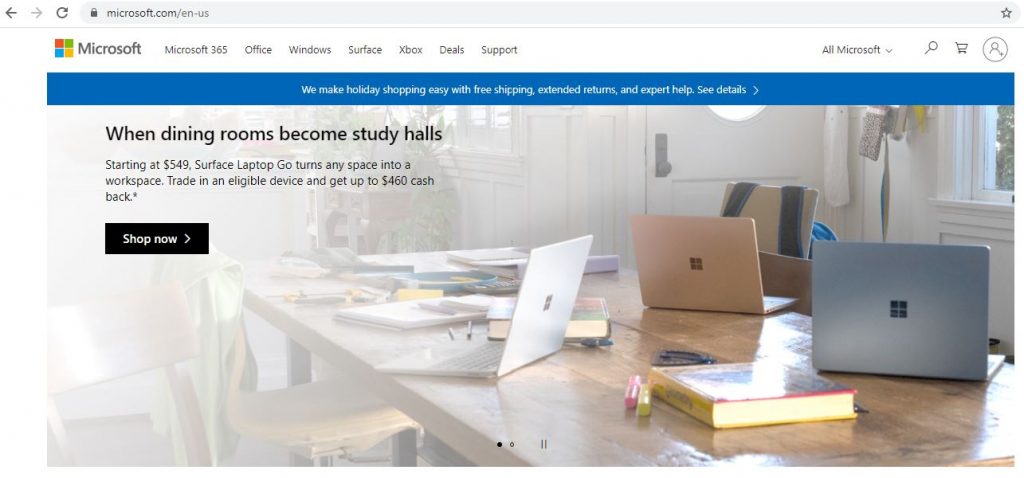
For global companies, it’s essential to recognize these differences and adjust the content to suit the local audience. For instance, the Microsoft homepage for U.S. audiences is slightly different from that of the UK, despite both groups speaking English. Microsoft understands that while the language is the same, the cultural context and the way people consume content can vary. Therefore, the site is tailored to feature content, images, and language that are appealing and relevant to each market. The differences might include the use of regional slang, references to local events or trends, and even slight adjustments in tone and style that better align with local expectations.
Moreover, localization of word choices extends beyond just regional dialects and vocabulary. It also includes understanding the local culture and values and ensuring that the words you choose align with those sensibilities. For example, certain words or phrases that are commonplace in one country may carry negative or even offensive connotations in another. This could potentially alienate or upset your target audience, so it’s essential to be mindful of these nuances.
When adapting your language, it’s also important to consider local humor, colloquialisms, and pop culture references. What might be funny or relatable to an American audience might fall flat with a British or Australian audience. Similarly, jokes that rely on cultural references might need to be changed or reworked to ensure they resonate with the local market.
To create content that truly speaks to your target audience, you need to go beyond simply translating words and adapt the overall communication style. This can include adjusting your tone (formal vs. informal), addressing local concerns and needs, and making sure your content feels native to the region. For instance, a brand targeting customers in the UK might use a more formal tone than one targeting the U.S., where a casual or conversational style is often preferred.
In conclusion, adapting your wording to the specific market is not just about choosing the right words but also about making sure that your content feels natural, respectful, and culturally relevant. By considering the linguistic and cultural differences that exist within regions that speak the same language, you can create a more personalized experience for your audience, increasing the chances of engaging them effectively and building lasting relationships.
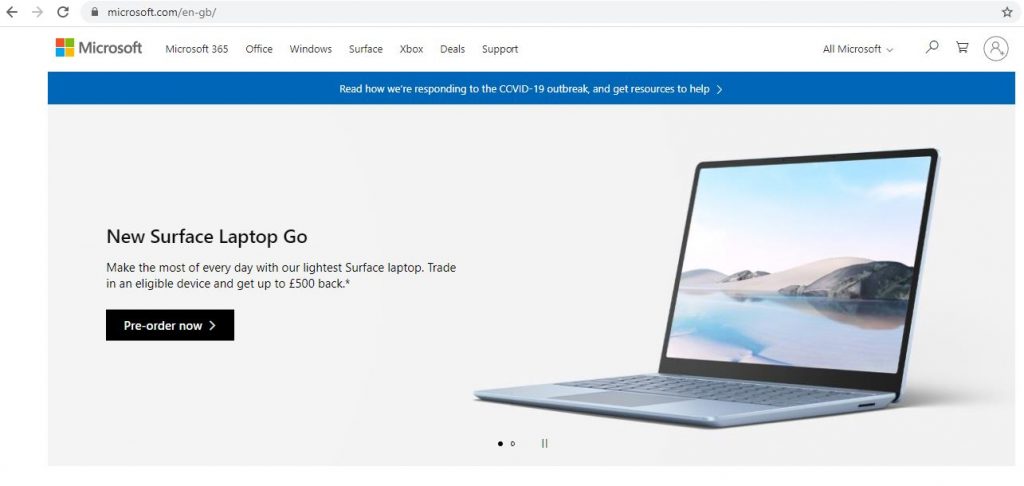
2. Insert local music culture references:
Music is a universal language, but the cultural significance and impact of music can vary dramatically from one region to another. When localizing content, integrating local music culture references can be a powerful way to connect with your audience, enhance engagement, and establish a deeper emotional connection. However, it’s important to recognize that musical tastes, popular artists, and trends differ greatly between countries, and what resonates in one market may not have the same effect in another. Therefore, it’s crucial to carefully research the music culture of each target region to ensure your content remains relevant and appealing.
Each country or region has its own distinct music scene, influenced by historical, cultural, and societal factors. For example, in the U.S., genres like hip hop, pop, and country music have widespread popularity, while in the UK, indie rock, electronic music, and grime are prominent. In Latin American countries, reggaeton and salsa have massive followings, while in K-pop-loving South Korea, the music culture is heavily influenced by the global phenomenon of Korean pop music. These musical preferences are not just reflected in the types of songs people listen to, but also in how people engage with music on a cultural level, such as attending concerts, streaming music, and discussing the latest trends.
When localizing your content, referencing local music culture can be an effective way to show that you understand the audience’s interests and are speaking to them in a language they relate to. For instance, if you’re targeting a young, urban audience in Brazil, mentioning popular artists like Anitta or J Balvin can immediately strike a chord with your audience. Similarly, incorporating references to local music festivals, like Coachella in the U.S. or Glastonbury in the UK, can help foster a connection by showing your awareness of local music events that matter to your audience.
However, it’s important to be aware of regional differences and avoid oversimplifying music culture references. What might be an effective and relatable reference in one location could be lost on audiences in another. For example, a music reference that draws on American pop culture might not resonate in Southeast Asia, where Western music may not be as pervasive or where local music traditions might be more significant. Similarly, in some parts of the world, music genres associated with particular movements or historical events might carry political or social weight, and mentioning these in a casual context could risk alienating certain groups or causing unintended offense.
3. Share pertinent stories:
Relevant stories that your audience can relate to should be shared.
For instance, if you are writing for an African audience, it will be best to use African names and characters in your stories. Also ensure that your story has elements of African culture and their lifestyle.
Let us take the popular clothing brand LOUIS VUITTON as an example. In their quest for expansion into the German and Dutch markets, they decided to translate and localize their website into German regardless of the fact that most of the people that form parts of the audience in the location understand English language. Doing this has without doubt increased their conversion rate in those locations.
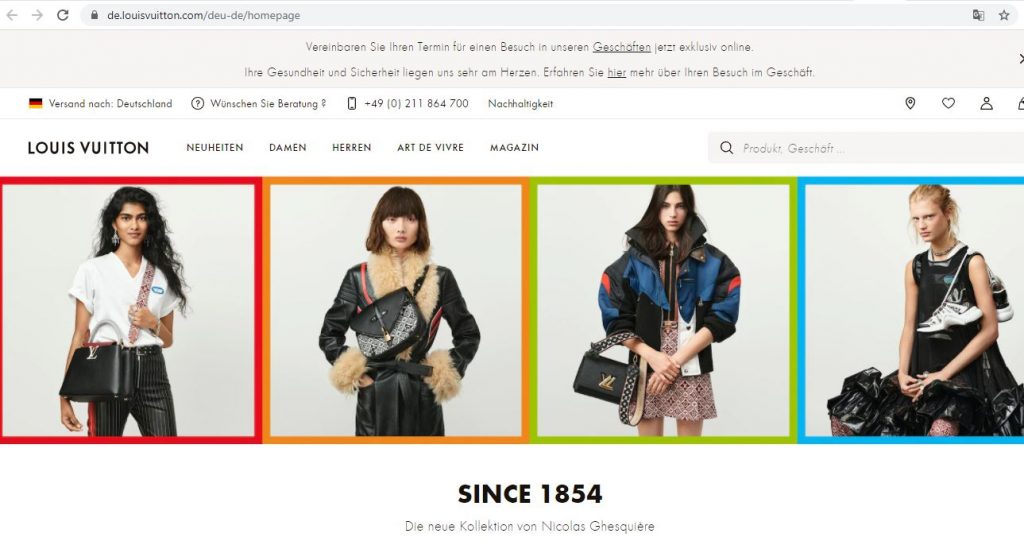
4. Maintain deep relationship with your loyal customers:
Building and maintaining strong relationships with your loyal customers is one of the most powerful and sustainable strategies for the long-term success of your business. Loyal customers are more than just repeat buyers—they are your brand’s most valuable advocates. They trust your products, understand your values, and are emotionally connected to your brand, which makes them more likely to not only continue supporting you but also to help you expand your reach through word-of-mouth marketing. Unlike customers who make one-time purchases, loyal customers consistently return, providing you with a steady stream of revenue. They also offer invaluable feedback that can help refine your offerings and improve your business operations.
Loyal customers don’t just help with your bottom line; they become ambassadors for your brand. When they talk positively about your product or service to their friends, family, and colleagues, they subconsciously promote your brand. These organic referrals carry much more weight than traditional advertising because they come from trusted sources. People tend to believe recommendations from friends and family over advertisements, making loyal customers a vital part of your marketing strategy.
In fact, studies have shown that loyal customers are likely to spend more on average than new ones. They are more familiar with your products and brand, which means they are less hesitant when making purchasing decisions. They are also more open to exploring new offerings from your company and are likely to upgrade to higher-value products or services once they’ve had positive experiences with your brand. These customers are less price-sensitive and more concerned with the value and experience you provide.
5. Appear in local search results:
One of the most crucial aspects of content localization is ensuring that your website appears in local search results. It’s important to recognize that people from different geographical locations use different terms, phrases, and language structures when searching for products and services online. While two individuals may be speaking the same language, their search behaviors and preferences can vary significantly based on their cultural context, regional slang, and local trends. For this reason, it’s vital to understand that search engine optimization (SEO) is not a one-size-fits-all approach—it must be adapted to the local market you are targeting.
When consumers search for your products or services, they are likely to use region-specific keywords or terms. These localized terms can include slang, variations of words, or completely different phrases depending on their region or cultural background. For example, the term “soccer” is common in the United States, while “football” is predominantly used in the United Kingdom and many other parts of the world. If your website is not optimized with the correct localized terms for these different regions, potential customers may never find your site through search engines because you haven’t addressed the specific language preferences of the audience you are targeting.
By localizing your content and using the appropriate keywords for each market, you ensure that your website can appear in the search results when people search for terms that are familiar and relevant to them. This involves identifying the specific phrases and keywords that resonate with users in each geographical area, taking into account linguistic nuances, local terminology, and cultural context. For example, a customer in Spain might search for “zapatos deportivos” (sports shoes) rather than “sneakers,” which may be more common in the United States. Localizing your keywords to reflect such preferences can significantly boost your visibility in local search results.
Moreover, search engines like Google use location-based algorithms to determine which websites to rank for specific queries. For example, if a person in London searches for “football shoes,” Google will prioritize content that includes this localized term over content that uses “soccer shoes,” which may be more relevant to a U.S.-based audience. This means that by tailoring your content to local search behaviors, you can improve your chances of appearing in the search results for the right audience. Without this localization, your website may not even appear in searches from users in specific regions, limiting your online presence and reach.
6. Make provision for a personalized shopping experience:
Many customers still question only payments as they doubt that means of paying for goods and services. Now imagine using payment gateway that audience in your target market are not familiar with it. It will be very disastrous.
Use a variety of payment methods depending on the targeted market. For example, Boleto Bancario will be the right choice for online shoppers in Brazil because they can relate to it and it is easy for them to look for other brands that will give them such option if you have not provided one.
This is one of the reasons why many shoppers abandon their carts with no purchase. When it comes to localization, localize everything from first page to the check page. It is a vital way of keeping your customers engaged and providing an exciting online shopping experience for your customers.
In this article, we have discussed that localization is more than translation and it involves creating unique contents and experience that local consumers in your target market can quickly relate to. When you do this, you will not only create but you will be building sustainable local consumers all around the globe. You will become productive. You will have global audience patronizing you. And eventually have loyal customers that invite their friends to your page.
You can try to start website localization project for free on ConveyThis with immediate effect.
Conclusion:
In conclusion, content localization is a critical strategy for brands looking to connect with global audiences. It’s not just about translating words; it’s about adapting your content to resonate with local cultures, preferences, and values. Localization helps build trust and loyalty, creating deeper connections with customers who feel that the brand understands their needs and speaks their language.
By tailoring content to specific regions, you ensure that your messaging aligns with local trends, customs, and behaviors, increasing the likelihood of engagement and sales. This personalized approach drives higher conversion rates, as studies show that consumers are more likely to spend with brands they feel connected to.
Localization also improves visibility in local search results and enhances the overall customer experience, from language to payment methods. It ensures that every part of the customer journey feels natural and relevant, boosting satisfaction and loyalty.
In a world where global expansion is crucial, localization is key to success. By investing in localization, you not only expand your reach but also build a sustainable, loyal customer base that helps grow your brand. Start your localization journey with ConveyThis and connect with your global audience today.
Additional Resources:
- ConveyThis Integrations – To explore compatibility with WordPress.
- How to Translate WordPress – For more guidance.
- Help Guide for Translating WordPress Websites – For step-by-step support.
Translation, far more than just knowing languages, is a complex process.
By following our tips and using ConveyThis , your translated pages will resonate with your audience, feeling native to the target language.
While it demands effort, the result is rewarding. If you’re translating a website, ConveyThis can save you hours with automated machine translation.
Try ConveyThis free for 7 days!


